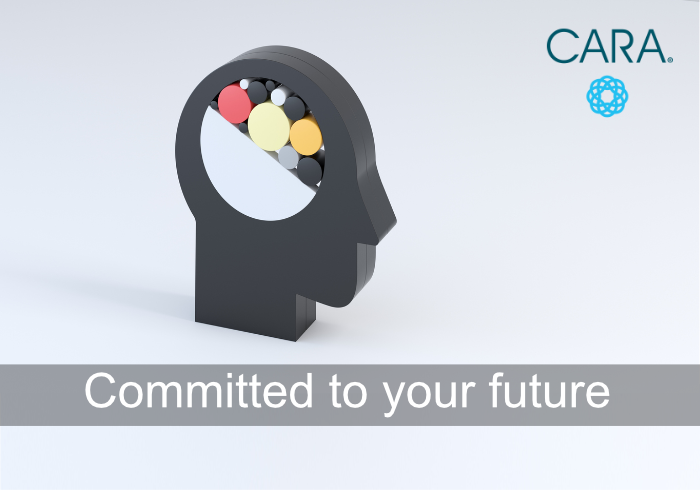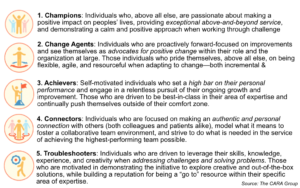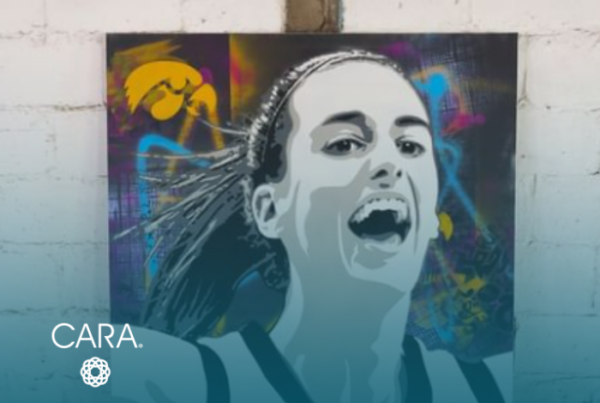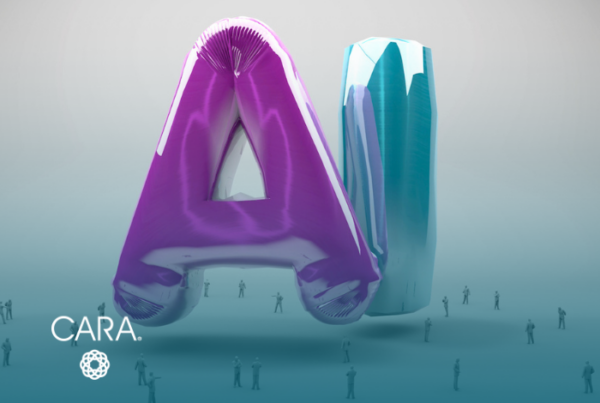
When was the last time you’ve created a development program wondering “How well will this align with the audiences’ inherent learning needs…really?” If this is a question you’ve asked yourself, this blog issue is for you! In this article we present a case study introducing the concept of ‘learner personas,’ which can make sure you’re tapping into individuals’ underlying learning needs, interests, and motivations. We will also show how knowing this information helped to design and develop a powerful leadership development program, based on a recent client example. But first, some background.
“One thing that worked particularly well was taking a thorough, thoughtful, and customized approach by incorporating learner personas as a foundational instructional design element.”
The learner personas you’ll see come to life in this article were developed as part of an initiative involving a consortium of three health systems in the Chicago area. The consortium shared the collective goal of positively influencing and enhancing the diversity of the local labor market. The mission was to remove barriers and create avenues for nontraditional workforce populations to further develop their employment opportunities.
As a result, an emerging leader program was designed to support people of color in developing skills that will position them to advance into leadership roles within the healthcare sector. Ultimately, the program rests upon the fact that diversity in leadership is not only the right thing to do, but it’s also good for business—as inclusive organizations have demonstrated themselves to be more profitable, innovative, and agile than others. The opportunity in creating this leadership development program was to truly understand individuals’ unique learning styles and preferences so that program customization would be aligned with participant needs across critical dimensions.
LEARNER PERSONAS
Enter the learner persona. Ultimately, the objective of learner personas is to appropriately represent the individuals you are trying to develop. In doing so, personas highlight individuals’ skills, motivations, and learning preferences—as well as the challenges and struggles that may impact their work and learning experience. According to Harvard Business Review (Peter Merholz, 2009) “A persona is the single most effective way to generate and spread empathy throughout an organization.” Indeed, the process of creating personas shows a desire to tap into the core needs of a learner group so you can best customize your program content and approach. This was important, as the leadership development program was designed to rectify the fact that current leadership development initiatives do not typically address some of the most critical challenges, behaviors, and skill gaps that nontraditional participants faced within their communities.
To ensure that our personas were appropriately reflective of our population of learners, we embarked upon a structured interview process with a sample of 24 high-performing individuals across the organizations represented. During the interviews we collected a variety of information, including targeted questions across the following areas: Current role and work dynamics, work experiences and approach toward learning and development, opportunities to demonstrate leadership, future work and leadership interests, as well as learning interests and motivations.
Data were analyzed and themes extracted that identified individuals’ work and learning style preferences, learning goals, barriers to accessing learning, how to best reach them, as well as their leadership interests. Important to note is that each interview was conducted by a member of two consulting organizations working in partnership. This ensured that interview questions reflected the cultural needs of the target audience and provided a consistent interpretation of interview responses.
Results of our thematic analysis produced five distinct learner personas, described below:

We also administered a brief online survey to augment the resulting interview themes, by providing participants with additional time to reflect upon their: Key motivations, learning style, learning approach, and current technical skill levels. The resulting survey responses reinforced certain aspects of the learning environment that would best facilitate participants’ learning experience. For example, individuals stated preferring a balanced learning approach, including both an interest in learning as part of a group as well as taking time independently to reinforce content learning on their own. The vast majority of participants also reported their current technical level as skilled, being able to work with different technologies with little help. This was critical information to validate, as the leadership development program was designed to be delivered using a virtual format.
In the end, the emerging leader program was designed to meet the needs of all five learner personas. Specifically, the development of learner personas was based upon who the program was designed for as its key audience. Based on interview comments obtained, we developed a high-level program content framework including what skills and behaviors were demonstrated by the most effective emerging leaders. We then developed an emerging leader program journey map to demonstrate how individuals would progress through the program components.
As with any case study, it becomes important to reflect upon lessons-learned. One thing that worked particularly well was taking a thorough, thoughtful, and customized approach by incorporating learner personas as a foundational instructional design element. This provided an opportunity to later customize learning content and methods in a way that met participants where they were. It was also helpful to take a targeted needs assessment approach across the three involved organizations as part of developing the local community. One challenge that was addressed involved the timing and scope of an initiative of this magnitude. When it became clear that adjustments needed to be made to further reinforce the time-phased implementation of the action learning project during the 12-week program, the consulting and internal healthcare project team met and adapted the approach, as needed.
Now, stay tuned for Part 2! This is where we’ll show how we leveraged these personas in the development of the emerging leader program itself. Specifically, in our next article you’ll see how we leveraged these learner personas to customize our instructional design and development efforts—as well as the impact it has on program content and approach.



